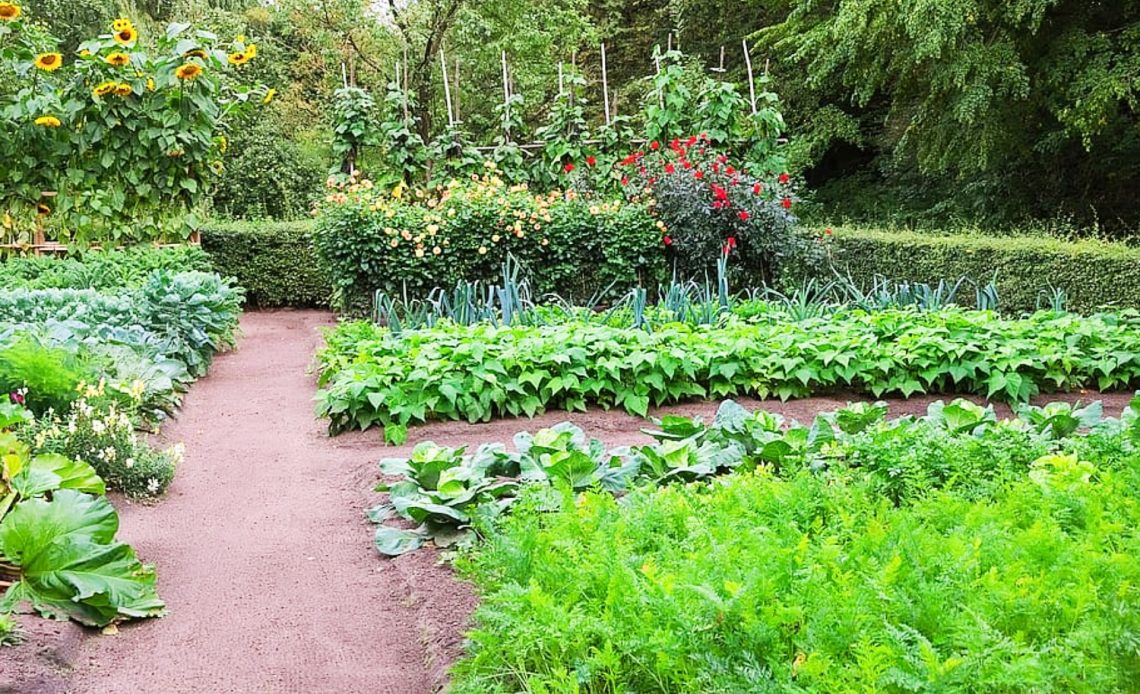

We’re here to help! Wild Yards is a completely free website that is 100% dedicated to helping you create a wildlife-friendly, sustainable yard. Read more
WildYards is reader-supported. When you buy a product through a link on our site, we may earn a comission. Every product is independently selected by our (obsessive) editors and our reviews are unbiased and objective. Read more about our mission or our privacy policy.
Feeding the plants in your lawn and garden can help improve their performance all season long.
But with so many different types of fertilizers to choose from, it’s essential to pick the right one for your plant’s needs.
Triple 10 is an excellent all-purpose NPK fertilizer for flowering plants, fruits, and vegetables. It can also be useful for feeding ornamental trees and shrubs.
This type of fertilizer contains low to moderate doses of the three macronutrients plants rely on the most.
But what exactly is 10-10-10 fertilizer, and how should you use it in your garden?
A 10-10-10 fertilizer contains 10% nitrogen, 10% phosphorus, and 10% potassium. Triple 10 fertilizer provides flowering and fruiting plants with all of the nutrients they need to get established and grow healthily.
What is 10-10-10 fertilizer?
If you’re new to purchasing fertilizer, you may be feeling confused. What do the numbers on a fertilizer’s label stand for? And what do these numbers mean for your garden?
The numbers on a fertilizer’s label represent the fertilizer’s NPK ratio, that is, the percentage of nitrogen, phosphorus, and potassium that the fertilizer contains.
So, in the case of 10-10-10, the fertilizer contains 10% nitrogen, 10% phosphorus, and 10% potassium. The remaining percentage of the fertilizer is comprised of a filler material, like gypsum or sand.
Triple 10 provides plants with low to moderate doses of the three macronutrients that are most critical to all plants’ survival.
But how exactly do plants use nitrogen, phosphorus, and potassium, anyway? Let’s find out.
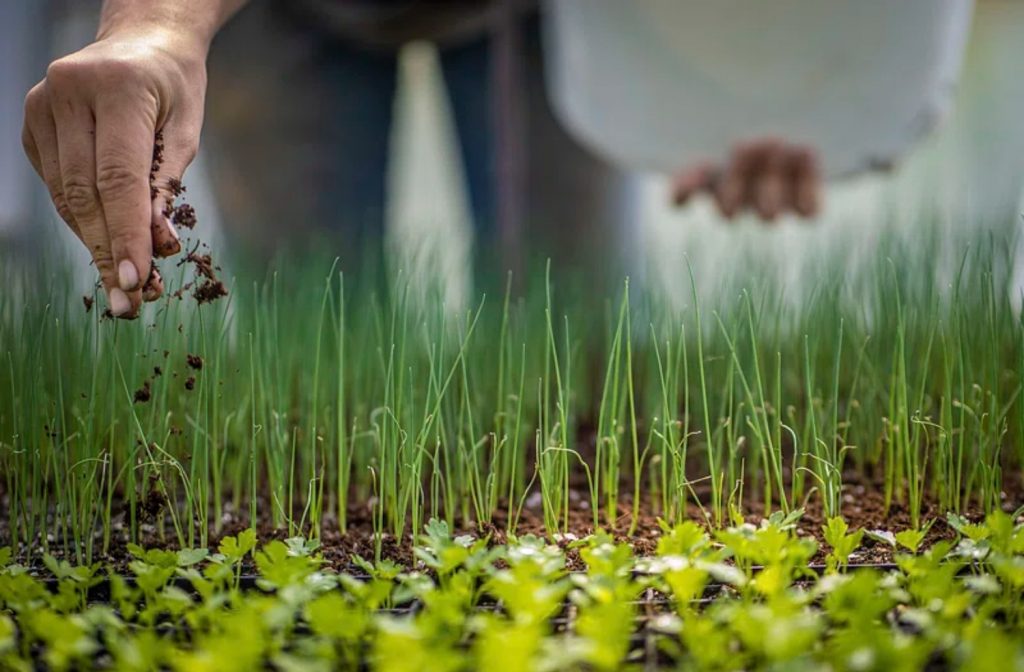
Nitrogen (N)
Of all of the nutrients that plants need to survive, nitrogen is the most important.
Nitrogen is a key component of chlorophyll, the green pigment that plants use to capture UV rays so they can turn the nutrients, carbon dioxide, and water they absorb into energy for themselves.
Without nitrogen, plants cannot photosynthesize properly, which means they cannot produce adequate food for themselves and are unable to meet their growing energy demands.
Nitrogen also plays a role in a plant’s ability to adapt to stressors, including improper soil pH, dry spells, and other nutrient deficiencies.
Plants rely on nitrogen to produce enzymes needed to carry out a variety of metabolic processes. They also use nitrogen to absorb other necessary nutrients.
When a plant is struggling with nitrogen deficiency, its foliage will turn pale green to yellow. Over time, the plant’s growth rate will slow. New shoots and/or leaves will appear smaller than normal.
Flowering plants, trees, fruits, and veggies that are dealing with nitrogen deficiency will show signs on the lowest, oldest foliage first.
Lawns that are nitrogen deficient will develop a yellow cast and, often, patchy brown spots.
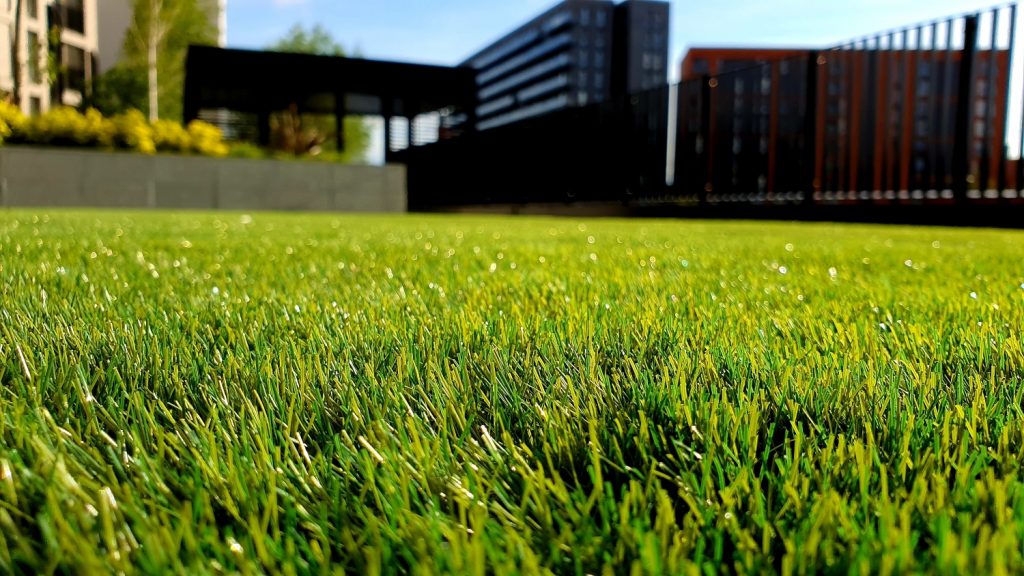
Phosphorus (P)
Nitrogen is needed for plants to produce healthy shoots and foliage. But phosphorus is the major player in flowering and fruiting.
Plants rely on phosphorus to replicate their genetic materials, including DNA and RNA. Without adequate levels of phosphorus, plants can’t continue growing.
Not only does phosphorus enable plants to produce nectar and pollen-rich flowers, and fresh, juicy fruits, but it also helps them produce viable seeds so they can propagate themselves.
Phosphorus plays an important role in cell division, sugar metabolism, and energy storage and transfer.
It’s also critical for root development. When soil levels of phosphorus are low, seedlings and newly transplanted plants fail to get established, suffering from stunted growth for weeks on end before dying off completely.
Phosphorus deficiency in plants leads to a lower root-to-shoot ratio. Plants often display signs of phosphorus deficiency during the vegetative growth stage in the spring.
Foliage turns dark green to reddish-purple, with the lowest leaves of the plant being the first to show signs.
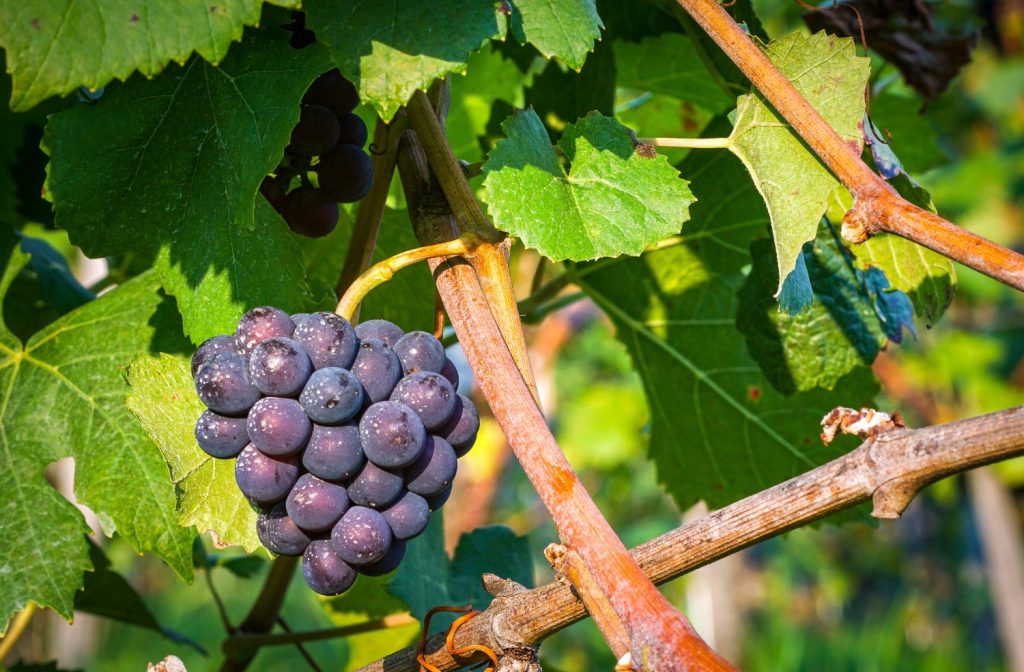
Potassium (K)
Representing the final number in an NPK fertilizer, potassium enables plants to survive periods of stress.
Potassium is especially helpful for plants during periods of drought, as it enables them to regulate moisture loss.
Without potassium, plants run the risk of losing too much moisture through their stomata, which are located on the undersides of their leaves.
That said, potassium is also critical for plants because it helps them survive extreme temperatures.
This macronutrient helps plants resist insect infestations and diseases. Potassium aids in photosynthesis, moisture loss, energy transfer, and protein development.
Signs of potassium deficiency in plants include wilting on sunny days, even when they’re properly hydrated. Small leaf blades, a stocky appearance with thick stems and low-growing foliage.
Leaves appear wavy, with blue-green coloring and a bronze cast. Older leaves develop V-shaped yellowing, called chlorosis.
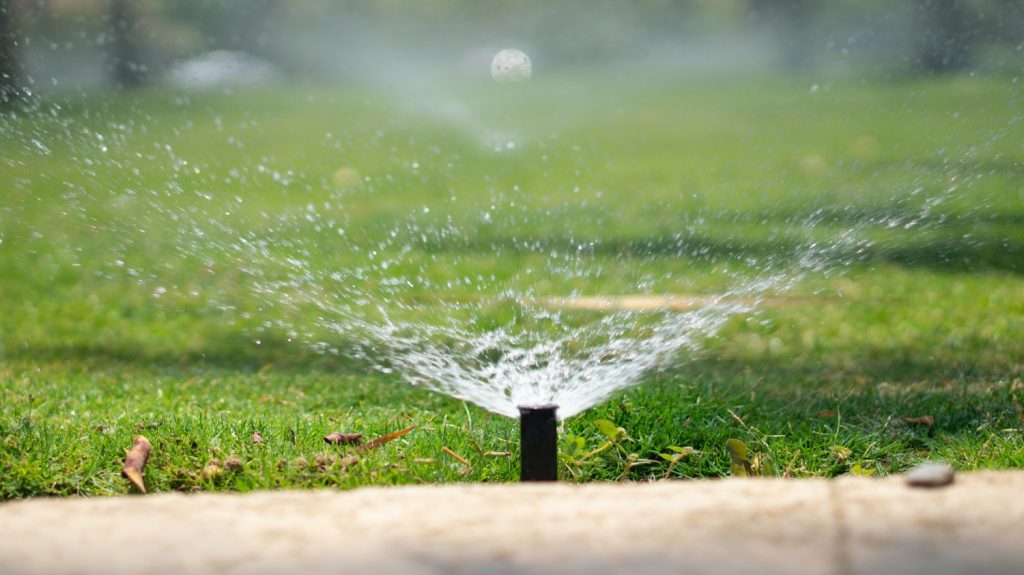
Which fruits and vegetables benefit from 10-10-10 fertilizer?
Triple 10 fertilizer is an excellent choice for vegetable patches and raised garden beds because it provides plants with equal doses of the three most important nutrients to their health.
A 10-10-10 fertilizer can easily be added to the soil at the start of the season prior to transplanting seedlings to help the young plants get established and start growing well.
This type of NPK fertilizer is especially good for feeding nightshade veggies, like tomatoes, peppers, potatoes, and eggplants.
These vegetables are heavy feeders and will benefit from the extra doses of nitrogen, phosphorus, and potassium that 10-10-10 fertilizer gives them.
Strawberries, raspberries, and blackberries also tend to perform better when fed regular doses of 10-10-10 fertilizer. This fertilizer provides the plants with all of the nutrients they need to produce vibrant foliage and support healthy fruit development.
Use triple 10 to feed vining plants, like cucumbers, peas, squash, and watermelons. A 10-10-10 fertilizer provides these plants with ample doses of nitrogen, needed to produce healthy leaves, as well as phosphorus, to support healthy fruit development.
Technically a grass, corn also benefits from being fertilized with tripe 10. The extra dose of nitrogen kickstarts healthy leaf development, while the potassium enables the plant to survive heat and dry spells.
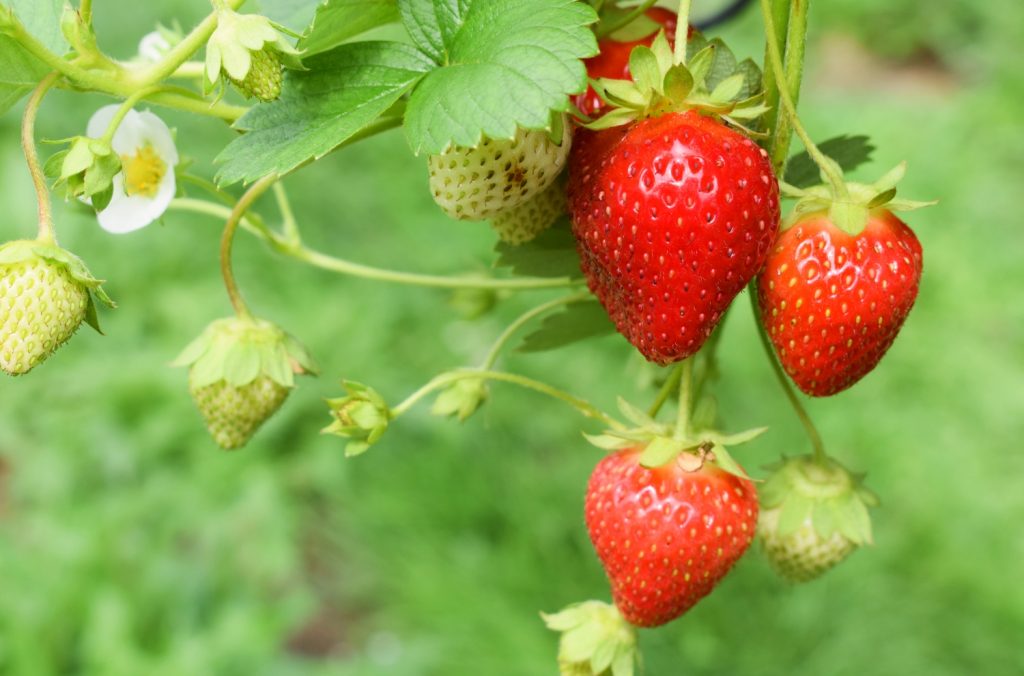
Can you use 10-10-10 fertilizer to feed flowers and ornamental plants?
The fruits and veggies in your backyard garden aren’t the only plants that will benefit from a 10-10-10 fertilizer. The flowers and shrubs in your landscaping will perform better when fed triple 10, too.
You can use 10-10-10 to feed your flowering plants in the spring to help them grow dense foliage at the start of the season.
Follow this up with a high-phosphorus fertilizer, like bone meal, in early summer, to ensure the plants have enough phosphorus to produce gorgeous blooms.
Triple 10 is a great choice for bulb flowers, like gladioli, crocuses, tulips, and daffodils. Bulb flowers have high nutrient needs, as a rule, and benefit from regular feedings with triple 10.
Of course, 10-10-10 fertilizer is an excellent option for other flowering plants, too, including roses, hydrangeas, and peonies.
If you’re looking to save a few bucks and feed multiple flowering plants within the same landscape beds, 10-10-10 fertilizer is one of your best options.
Just be sure to test the soil before applying the fertilizer to avoid over-applying it.
Giving your plants too much triple 10 could burn their leaves and roots, severely hindering their performance for the season — or even killing them.
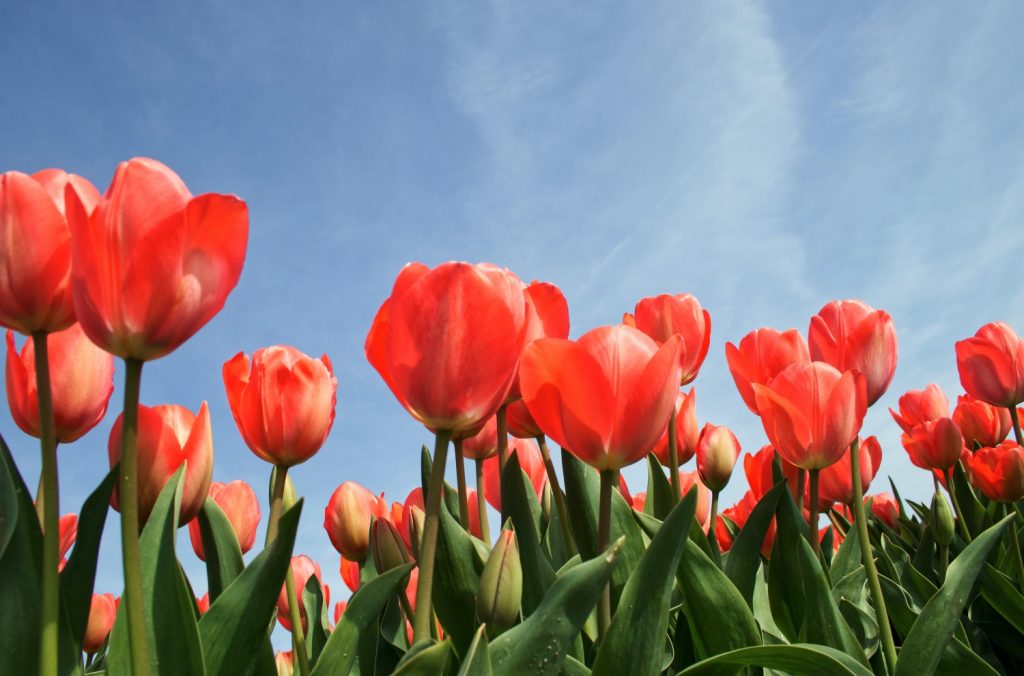
Is 10-10-10 fertilizer a good choice for fruit trees?
If you’re looking for a good all-purpose NPK fertilizer to feed multiple fruit trees in your backyard orchard, you can’t get much better than 10-10-10.
This NPK fertilizer contains decent doses of nitrogen, phosphorus, and potassium perfect for supporting healthy apple and pear trees.
Tripe 10 gives these trees all of the nutrients they need to transition from vegetative growth to flowering and fruiting without missing a beat
Stone fruits, like peaches, plums, apricots, and cherries, also benefit from triple 10 fertilizer, as long as you use it at the right time. Give stone fruits a dose of 10-10-10 if they produced a crop during the previous season.
While you should avoid fertilizing fruit trees during transplanting, it’s safe to start feeding them 3 to 6 weeks after planting.
Fertilizing young fruit trees with triple 10 will help the plants take root much more quickly, and enable them to begin flowering and fruiting much earlier in their lifecycle.
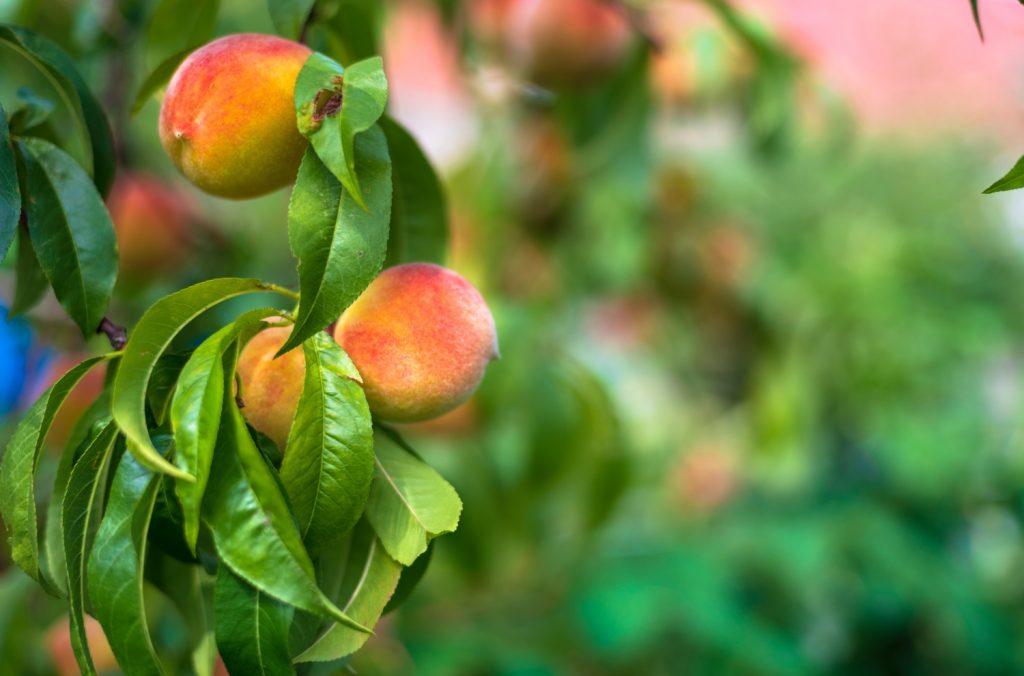
Can you use 10-10-10 fertilizer to feed lawns and non-flowering trees and shrubs?
Triple 10 fertilizer is a good all-purpose fertilizer that can be used to feed your lawn, as well as the non-flowering trees and shrubs in your landscaping.
That said, 10-10-10 fertilizer may not always be the best choice.
That’s because triple 10 does not contain sufficient nitrogen to meet the nutrient demands of turf grasses and non-flowering trees and shrubs.
So even though it won’t hurt these plants if you feed them triple 10, it won’t support their full potential, either.
If you’re looking for a fertilizer specifically to feed your lawn, then opt for a 34-0-0 fertilizer, instead. This all-nitrogen fertilizer will help your patchy yellow grass grow green and thick.
You can also use 34-0-0 to feed your evergreen trees and shrubs, as it allows these plants to produce plenty of healthy foliage.
A 15-0-15 fertilizer is another good choice, especially for warm-weather grasses and non-flowering trees and shrubs.
15-0-15 fertilizer enables plants to continue producing new leaves and shoots, even as temperatures climb and rainfall becomes less abundant.
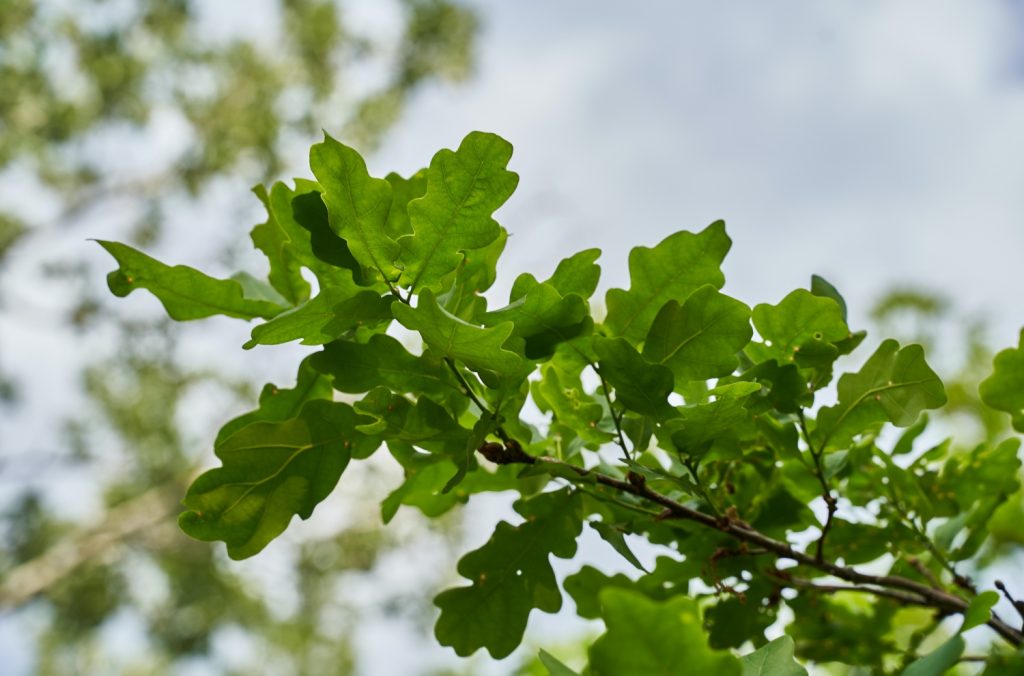
Can you use 10-10-10 fertilizer to feed houseplants?
Houseplants have pretty low nutritional requirements.
Because these plants are in a controlled environment, they typically don’t have an increased need for nitrogen, phosphorus, or potassium.
If you need to feed your houseplants, use 1-1-1, 2-2-2, or 3-3-3 instead.
If you’re in a pinch, you can dilute triple 10 and use the watered-down solution to feed your indoor plants.
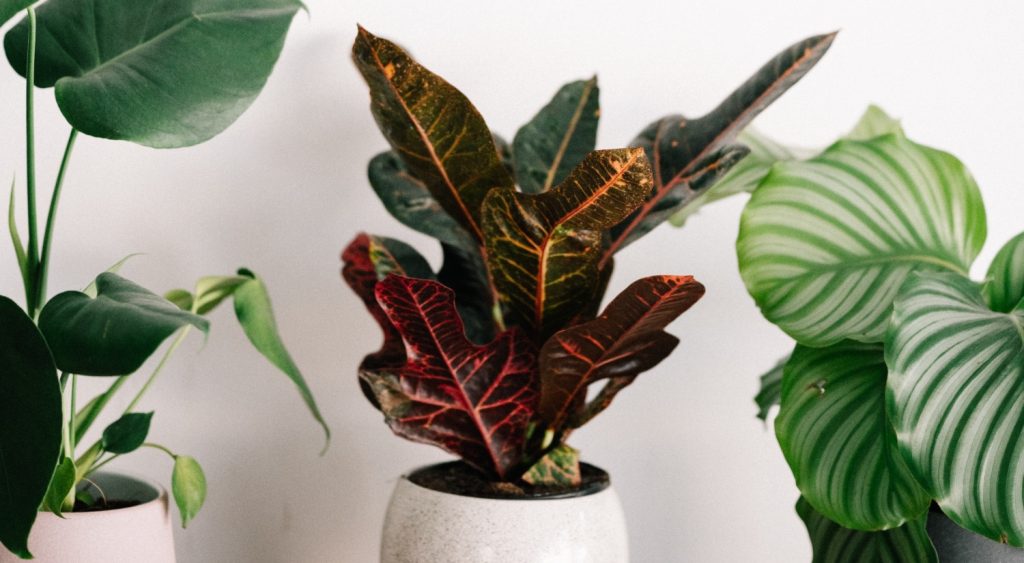
Which type of 10-10-10 fertilizer is right for your garden?
Overall, triple 10 is a good choice for the majority of the plants in your garden and landscaping.
There are several different forms of triple 10 fertilizer to choose from. Some cost less than others. Some last longer than others.
Choosing the right type of 10-10-10 fertilizer will help the plants in your garden make the most of it so you get more bang for your buck.
Liquid
Liquid fertilizers are usually concentrated and need to be diluted by following the manufacturer’s instructions prior to application.
On average, liquid fertilizers will keep plants fed for 3 to 6 weeks.
Even though these types of fertilizers don’t last for very long, they begin working quickly, so they’re an excellent choice for plants that are showing signs of nutritional deficiencies.
You can also use liquid triple 10 fertilizer as a foliar spray to perk yellowing foliage back up in a jiffy.
Liquid fertilizers are a relatively inexpensive option, and they can easily be used to spot-feed individual plants in your garden or landscape.
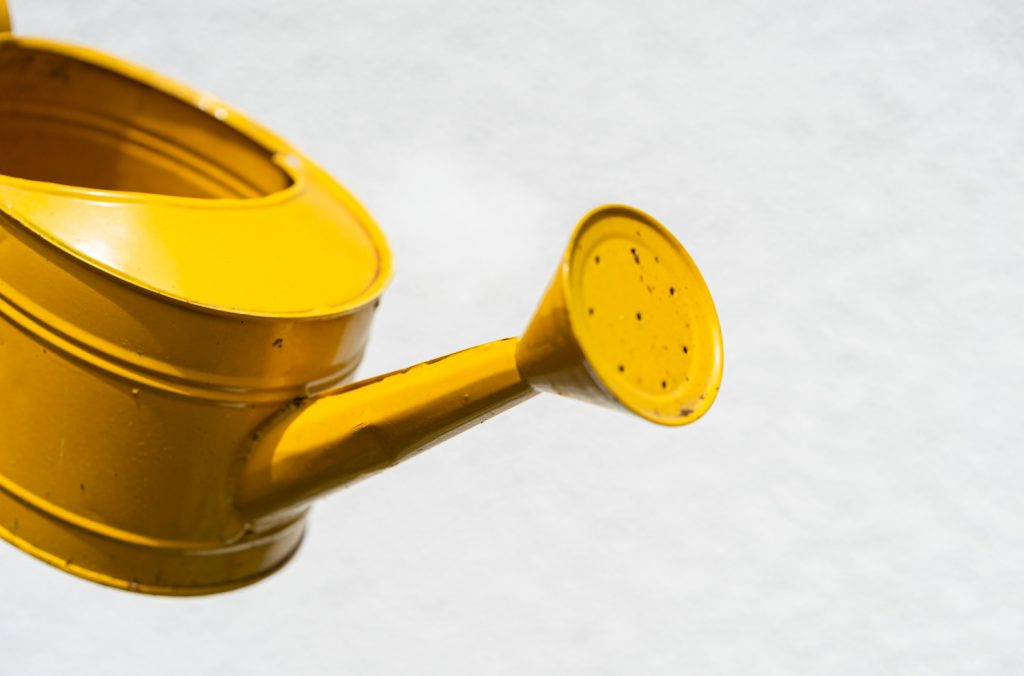
Water-soluble
Water-soluble fertilizers are powered and can be worked into the soil prior to planting, spread by hand or with a broadcast spreader, or mixed with water and applied as a liquid fertilizer.
One of the biggest benefits that water-soluble fertilizers have to offer is that they’re cheap. They also tend to be easy to find.
Water-soluble fertilizers go to work quickly, especially when mixed with water prior to application. This makes them a good choice for plants that are showing symptoms of nutritional deficiencies.
If you apply a water-soluble fertilizer dry, you’ll need to be sure to water your plants well immediately afterward so the nutrients can begin breaking down.
A water-soluble fertilizer will feed plants for 3 to 6 weeks.
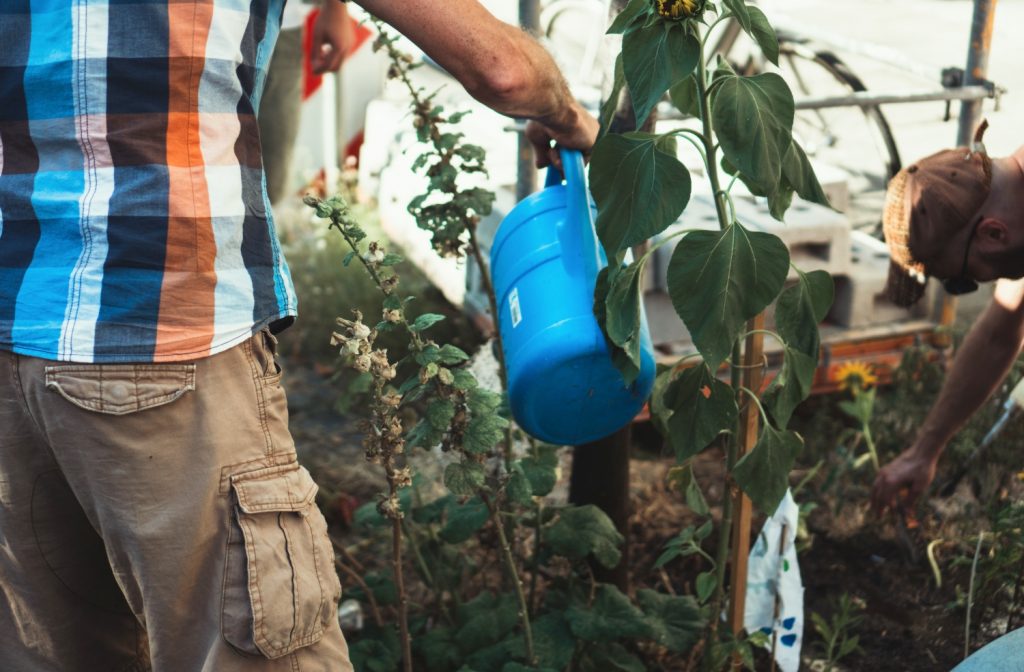
Granular
As with water-soluble fertilizers, you can mix granular fertilizers into the soil before planting, or apply it by hand or with a broadcast spreader.
Granular fertilizers are typically more expensive than liquid and water-soluble types. That’s because granular fertilizers tend to last longer.
On average, granular 10-10-10 fertilizer will keep your plants fed for 3 to 6 months.
Water your plants well after application to wash granular fertilizer off the foliage, and to release the nutrients into the soil.
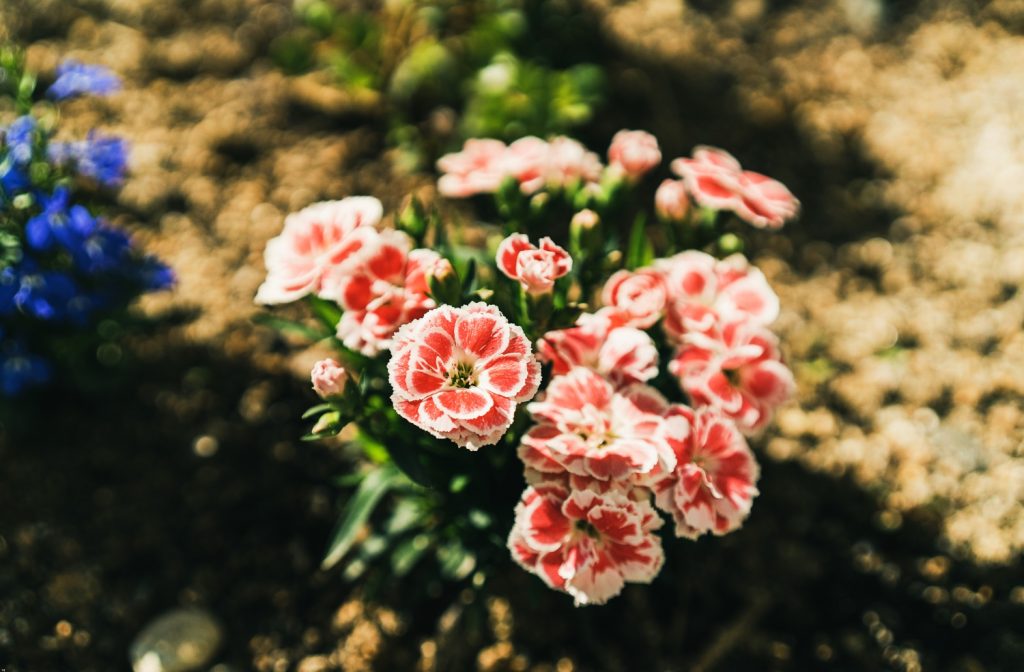
Slow-release
The most expensive option, slow-release fertilizers are an investment, to be sure. But a worthy one, because they can keep your plants fed for up to 12 months.
Slow-release fertilizers look like granular fertilizers. But each pellet has a special coating that slows the rate of breakdown, allowing the fertilizer to remain effective for a much longer period of time compared to other fertilizer types.
You can spread slow-release fertilizer by hand to feed individual plants in your garden and landscaping.
You can also work slow-release fertilizer into the soil before transplanting your seedlings, or with a broadcast spreader if you need to feed plants in a big area.
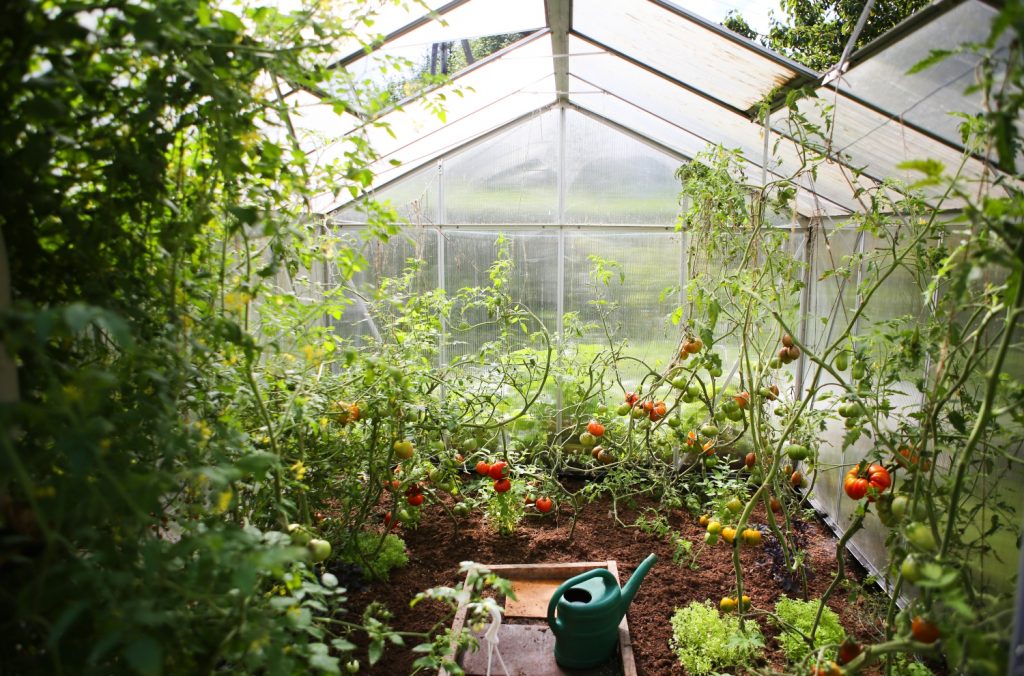
Is 10-10-10 fertilizer organic?
Triple 10 fertilizer is a synthetic NPK fertilizer, so, no, it’s not organic.
If you’re trying to grow your fruits and veggies without the use of chemical-based products, then 10-10-10 may not be the right choice for you.
That said, you can use a variety of organic materials to create your own homemade 10-10-10 fertilizer that will help you meet all of your plant’s nutritional needs.
By adding materials that are high in nitrogen, phosphorus, and potassium to your garden’s soil, you can feed the plants in your garden naturally.
For instance, adding a combination of bat guano, bone meal, and wood ash to your garden’s soil will provide roughly 10% nitrogen, 10% phosphorus, and 10% potassium.
Other biodegradable materials, like kelp meal, fish emulsion, and worm castings can also be added to the mix to ensure your plants stay well-fed.
Just remember, it can take these organic materials several weeks before they begin breaking down.
So, for best results, add organic fertilizers to your garden’s soil before planting, and several times throughout the season to ensure your plants have plenty of nutrients to use as they grow.
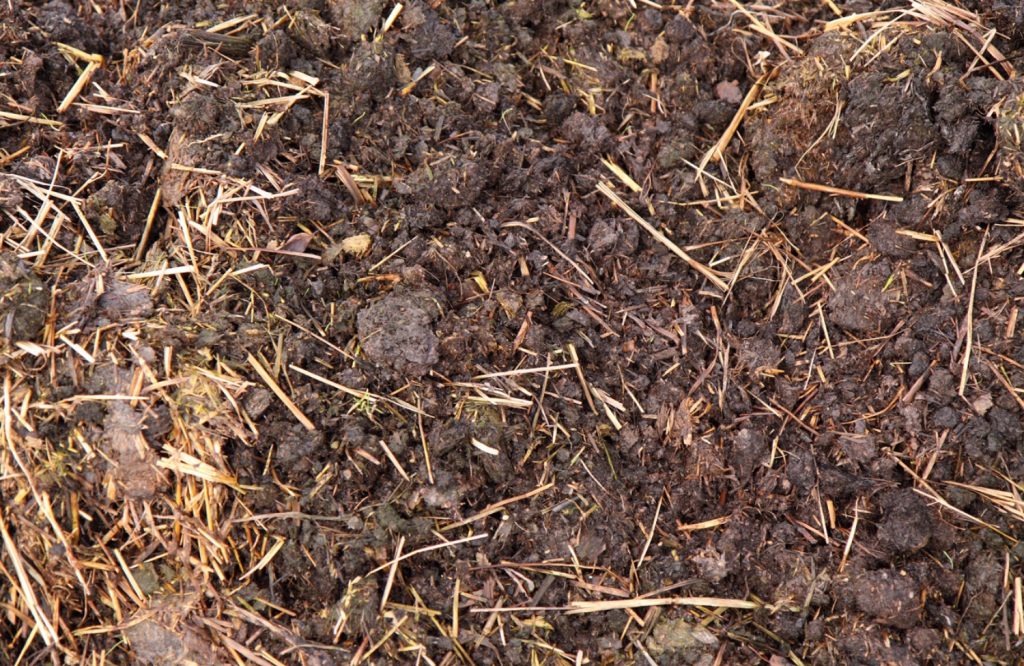
When should you apply 10-10-10 fertilizer?
It’s best to begin feeding your plants triple 10 in early spring, shortly after new growth emerges. That way, the plants have ready access to the extra nutrients they need to support healthy development.
Depending on the type of fertilizer you choose, you’ll need to reapply the triple 10 every 3 weeks to 6 months.
Test your soil periodically to make sure you’re meeting your garden’s nutrient needs, and to avoid accidentally overfertilizing them.
Stop fertilizing your plants in mid to late fall. As plants gear down for the season and prepare to go dormant, their nutritional needs decline.
More tips for using 10-10-10 fertilizer in your garden
Because 10-10-10 fertilizer is chemical-based, it’s important to take the necessary precautions for your own safety before applying it.
For best results, apply the fertilizer on a still day. That way, the wind won’t kick it into your eyes or sinuses — or blow your money away.
Wear long sleeves, pants, goggles, and a mask when applying. Garden gloves are also a good idea.
Once the fertilizer has been applied, water the plants right away. Leaving dry fertilizer to sit on your plant’s foliage can burn the leaves.
Store your fertilizer properly in sealed containers out of reach of children and small pets. And remember to test your soil routinely to avoid overfertilizing.
All in all, 10-10-10 fertilizer is an excellent all-purpose NPK fertilizer that every gardener should have on hand. When applied correctly triple 10 can help you maximize your garden’s potential so you get more fruits and veggies to enjoy come harvest time.
